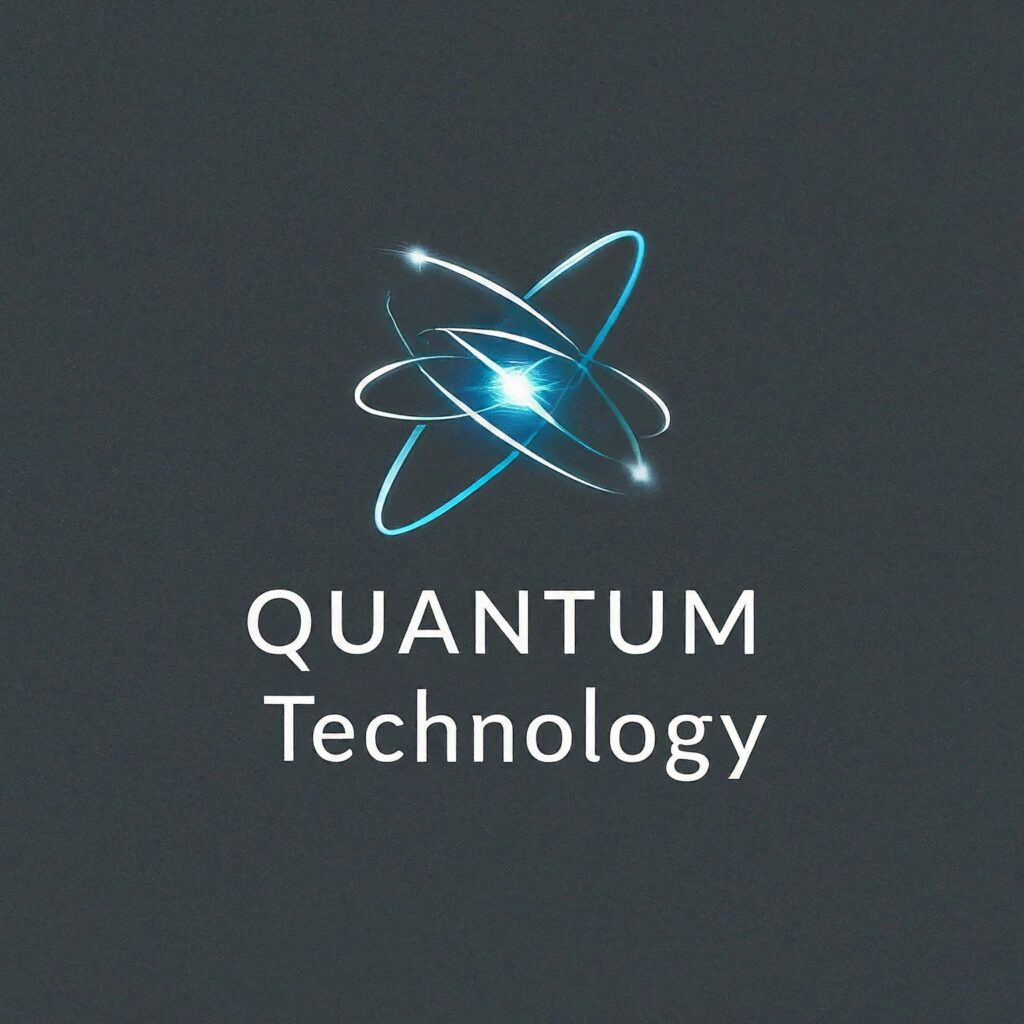As the quantum computing era edges nearer, the security of classical cryptographic systems—such as RSA and ECC—faces an existential threat. In response, the emerging field of Post-Quantum Cryptography (PQC) is drawing intense scholarly attention. A recent scientometric study, “Post-Quantum Cryptography Research Landscape: A Scientometric Perspective” by P. Sharma and colleagues, offers a data-driven snapshot of this rapidly evolving domain, analyzing 1,611 publications on PQC from 2006 to 2023 Taylor & Francis Online.
Growth Trajectory and Institutional Pillars
Sharma et al.’s analysis reveals a marked escalation in PQC research output, culminating in a steep rise in publications, especially toward 2023. This surge underscores growing global urgency around quantum-resilient cryptographic systems Taylor & Francis Online. Complementing this, a related study accessing a broader dataset of 2,874 WoS and Scopus articles confirmed that annual publications reached 623 in 2023. It further identifies Florida Atlantic University and Tsinghua University as the most prolific institutions in the field ResearchGateSpringerLink.
Scientometric Techniques Illuminate Research Dynamics
The scientometric toolkit deployed—comprising co-word analysis, thematic mapping, and network diagrams—provides a rich, visual portrayal of research trends, core thematic clusters, and collaboration networks within PQC. Notably, the PRISMA methodology and analytical environments like R Studio guided the systematic curation and mapping of this extensive literature set ResearchGate+1.
Emerging Research Themes and Persistent Gaps
The mapped themes spotlight areas such as algorithm development, standardization efforts, and real-world deployment strategies. Yet, Sharma’s work also flags pressing research challenges: scalability of PQC algorithms, cross-platform adaptability, and real-world testing, especially in resource-constrained environments like the Internet of Things (IoT) networks ResearchGateSpringerLink.
Parallel Trends: Standardization and Practical Adoption
These insights dovetail with broader PQC developments. For instance, the National Institute of Standards and Technology (NIST) has selected a suite of quantum-resistant algorithms—CRYSTALS-Kyber, CRYSTALS-Dilithium, FALCON, and SPHINCS+—poised to become US Government standards tsapps.nist.govWikipedia. SPHINCS+ was formally standardized as SLH-DSA under FIPS 205 in August 2024 Wikipedia.
However, a recent survey (August 2025) assessing nine major open-source cryptographic libraries—OpenSSL, wolfSSL, BoringSSL, LibreSSL, Bouncy Castle, libsodium, Crypto++, Botan, and MbedTLS—demonstrates a varied readiness for PQC adoption. While some have integrated or planned to support the NIST-selected algorithms, others lag, exposing a gap between research progress and real-world implementation arXiv.
Market Dynamics and Industry Momentum
Industrial developments are also gaining speed. PQShield, an Oxford-founded company, has attracted high-profile attention—including from the White House and GCHQ—and secured substantial funding to drive PQC into practice. US legislation even mandates that software or firmware sold to the government from 2025 onward must be post-quantum secure The Times.
Similarly, NIST is close to publishing additional quantum-resistant algorithms designed to counter future threats—a move likely to galvanize cross-sector adoption, especially among finance and telecom players Financial Times.
Toward a Unified, Strategic Trajectory
Synthesizing these layers of analysis yields several key takeaways for the PQC ecosystem:
-
Expanding Scholarly Output: PQC research has grown significantly, indicating a global recognition of its critical importance.
-
Institutional Leadership: Universities like Florida Atlantic and Tsinghua spearhead knowledge generation, while industry actors like PQShield drive practical progress.
-
Analytical Insight via Scientometrics: Mapping tools elucidate trends, collaborations, and thematic groupings, guiding strategic research and policy decisions.
-
Strategic Gaps Remain: Although standardization has advanced, practical integration—particularly in cryptographic libraries and constrained environments—needs focus.
-
Policy and Funding Converge: Legislative mandates and funding flows are accelerating adoption, particularly for government and infrastructure-critical applications.
Conclusion
The scientometric lens provided by Sharma et al. offers a compelling high-definition view of the PQC research landscape. It charts an encouraging trajectory of growth, institutional engagement, and domain maturation. But it also reveals gaps signaling that research alone isn’t enough—implementation, standards alignment, and strategic coordination remain imperative.
As quantum computing inches closer to mainstream viability, PQC must transition from academic promise to practical safeguards. Holistic collaboration across academia, industry, and government will be essential to future-proof digital security in the post-quantum era.
